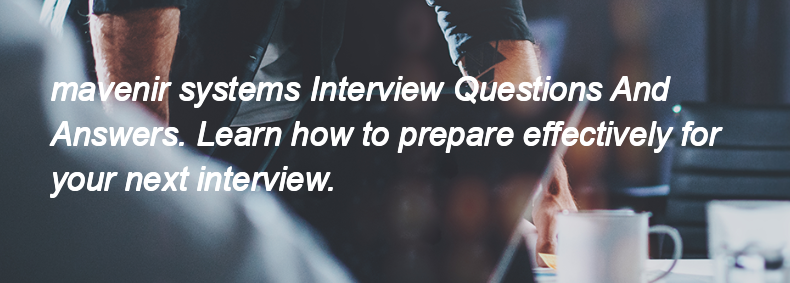Ques:- What is beamforming in 5G and how does it work
Asked In :-
GTT Communications, Ribbon Communications Inc, NEC (Japan), Mobiveil, Lotus Wireless Technologies, SignOff Semiconductors, BIW, Bharti Airtel Ltd, Volvo, CIENA CORPORATION,
Right Answer:
Beamforming in 5G is a technology that directs radio signals towards specific users or devices rather than broadcasting signals in all directions. It works by using multiple antennas to create focused beams of radio waves, which improves signal strength, reduces interference, and enhances overall network efficiency.
Beamforming in 5G is a technology that directs radio signals towards specific users or devices rather than broadcasting signals in all directions. It works by using multiple antennas to create focused beams of radio waves, which improves signal strength, reduces interference, and enhances overall network efficiency.

